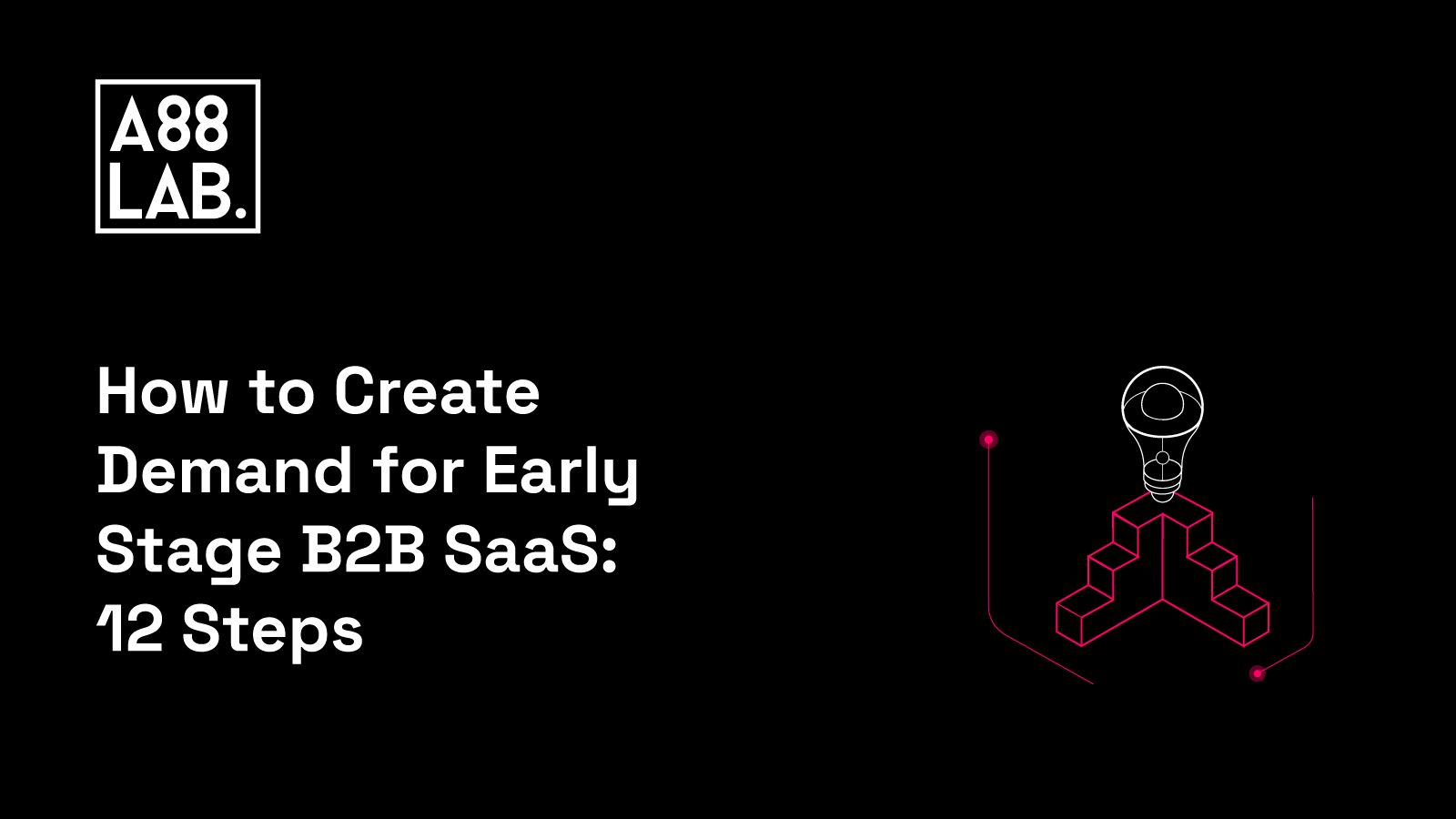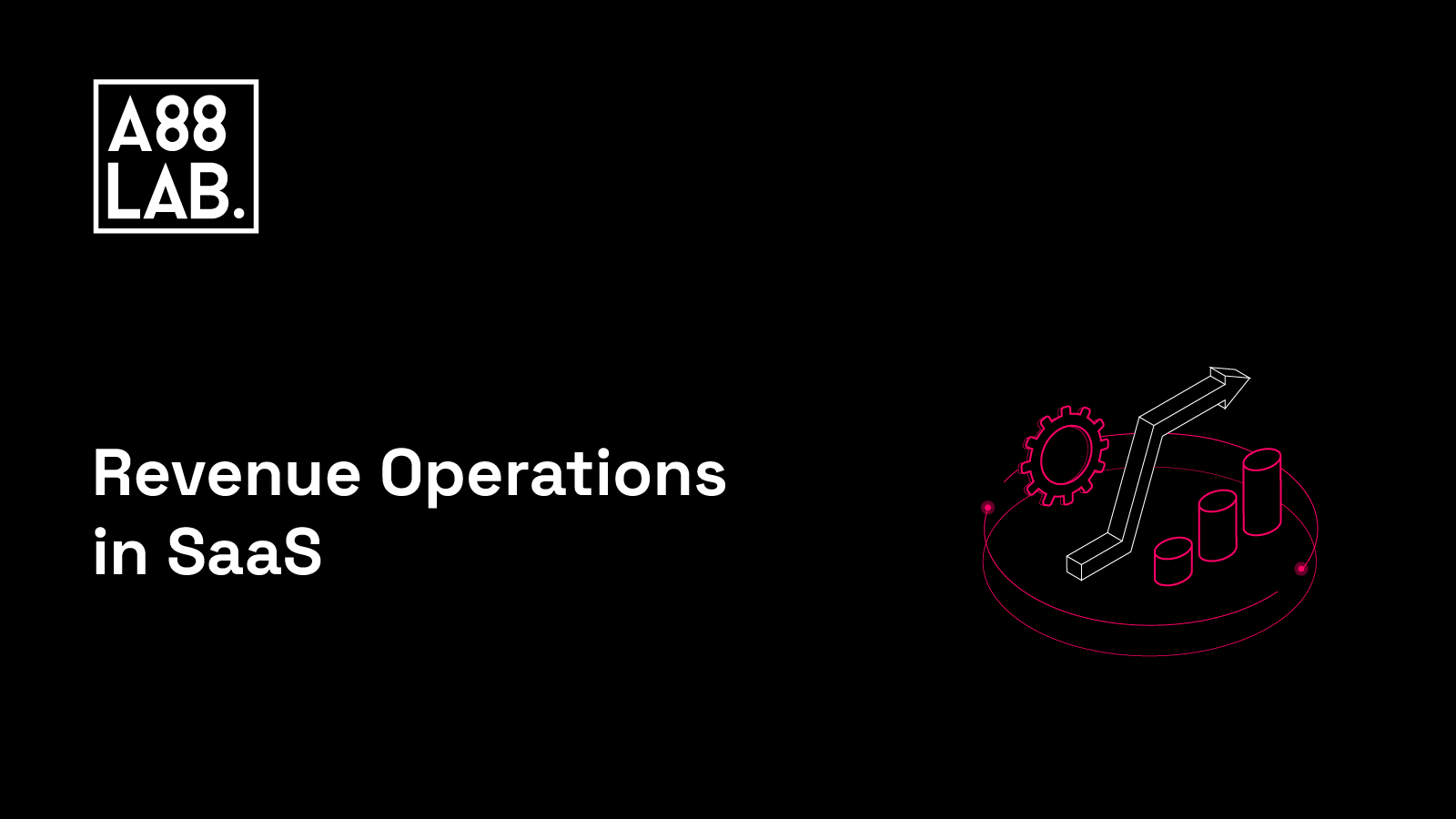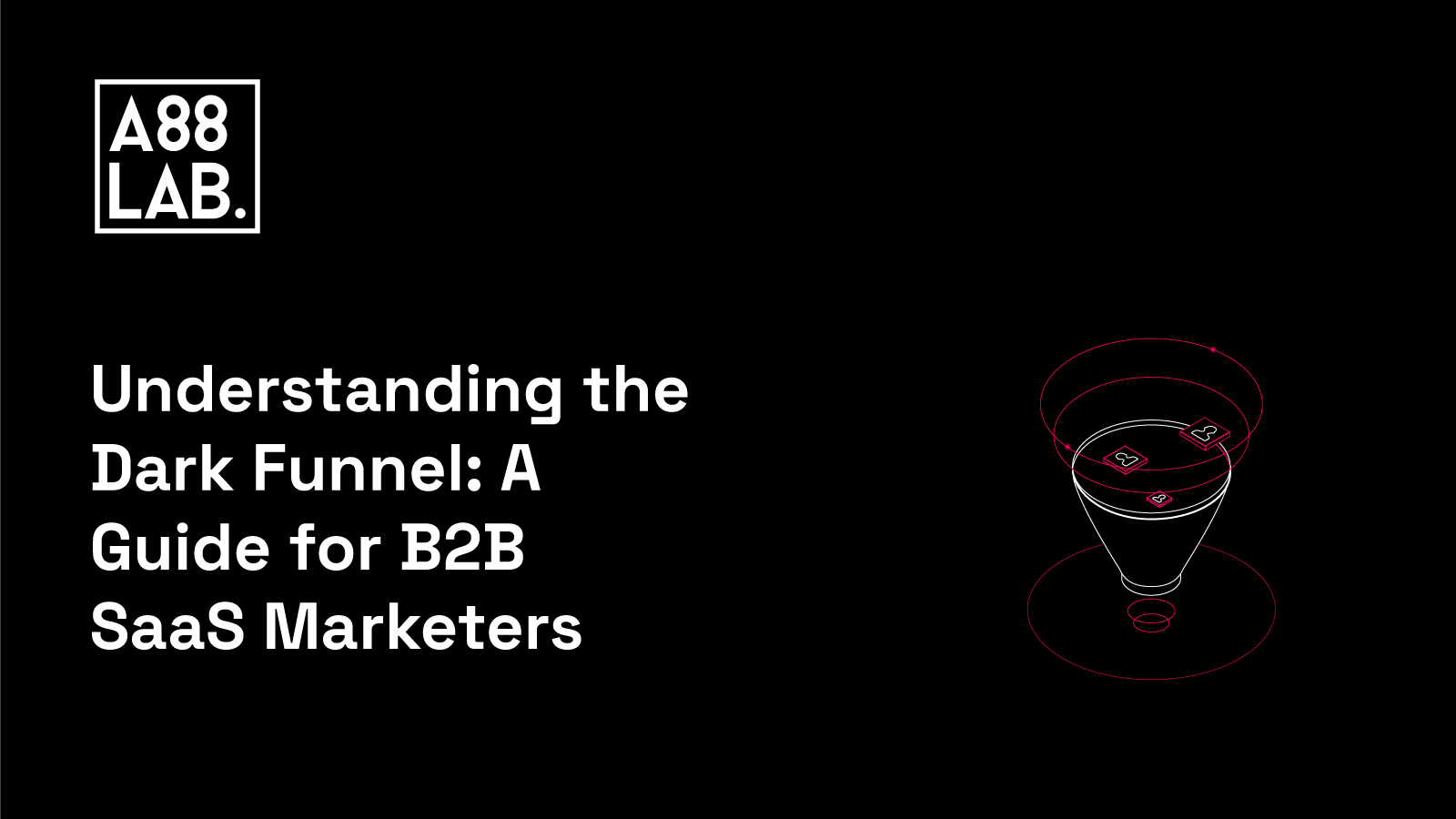Creating demand for an early-stage B2B SaaS company is a journey of understanding and empathy. At this stage, few people know about your company or the innovative solutions you offer.
When creating demand, you are addressing mostly people that are totally unaware that they have a problem, or they have a problem that is yet not well defined. It's all about addressing their pain points, emphasizing the business impact, and providing valuable insights on possible solutions.
Yet, only 1 out of 10 companies would follow that direction. The other will jump straight into the platform, features, and demo offerings. Right?!
Demand Generation vs. Demand Capture
The process of Demand Creation involves strategic efforts that aim to generate interest, awareness, and desire for a product or service among potential customers who may not be actively looking for a solution, as described in our comprehensive blog post. This is achieved through buyer research, developing a value proposition, and creating content that educates and positions the company as a trustworthy source. The goal of Demand Creation is to create or address a latent need to generate demand from a broader audience that may not be aware of their specific problem or solution.
On the other hand, Demand Capture focuses on the moment when potential customers become active buyers. This process involves providing an exceptional buying experience that meets the needs and expectations of customers who have expressed interest or are actively seeking a solution. Demand Capture includes tactics like personalized sales engagements, tailored product demonstrations, and smooth purchasing processes. The objective of Demand Capture is to convert demand created through Demand Generation efforts into actual sales.
Both Demand Creation and Demand Capture are essential components of a comprehensive marketing and sales strategy. Demand Creation lays the foundation by creating a pool of potential customers, while Demand Capture ensures that the company maximizes the value of those prospects by providing a seamless buying experience and guiding them towards making a purchase decision.
12 Steps to Create Demand for Early Stage B2B SaaS
Based on our extensive experience working with many Early Stage B2B SaaS brands, we've come up with 12 steps that could help every CMO, Marketer, or Head of Growth or RevOps to improve their positioning and Demand Creation activities.
Perform Comprehensive Buyer Research
To effectively generate demand, it's crucial to have a deep understanding of your Ideal Customer Profile (ICP). Conduct comprehensive buyer research through interviews, surveys, and market analysis. Gain insights into your target audience's pain points, motivations, and buying behaviors. Understanding how they research and make purchasing decisions will enable you to tailor your strategies to meet their needs effectively.
Create Value Proposition Canvases
Once you have gathered valuable insights from your buyer research, create a value proposition canvas for each buyer persona within your ICP. A value proposition canvas helps you articulate the unique value your B2B SaaS solution provides to address specific pain points of each persona. It allows you to craft compelling messages that resonate with your potential customers, showing them how your solution can solve their problems and deliver tangible benefits.
Buyer Journey Mapping
Based on the insights from your value proposition canvases and buyer research, map out the Buyer Journey for each persona. Identify the stages they go through, from becoming aware of their pain points to considering potential solutions and making a final decision. By understanding their journey, you can create targeted marketing campaigns and content that cater to their specific needs at each stage.
Understand Org Structures, Key Decision-Makers and Influencers
By thoroughly researching and comprehending the organizational structure, identifying key decision-makers, and understanding the influencers within the target accounts, businesses can tailor their marketing and sales efforts to resonate with the right individuals.
In addition, understanding the organizational structures, key decision-makers, and influencers becomes even more crucial when running Account-Based Marketing (ABM) campaigns.
Introduce Hybrid-Attribution
Hybrid attribution plays a vital role in demand creation by providing a comprehensive understanding of the customer journey and accurately attributing the impact of various marketing channels and touchpoints.
It combines first-touch, multi-touch, and self-reported attribution models to provide a more nuanced understanding of how different touchpoints contribute to demand generation.
Choose and Test Channels (Max 2–3)
With the knowledge gained from your buyer research, choose 2-3 channels to test initially. Consider the preferences and habits of your target audience to determine the most effective channels for reaching them. These channels could include social media platforms, industry-specific communities, content distribution platforms, or direct outreach through email campaigns. By focusing your efforts on a select few channels, you can allocate resources more effectively and measure the impact of your demand generation strategies.
Optimize Content Across Channels
Use the content from a long blog article or a podcast episode to create content for social media, email, newsletter, etc., in different formats (text, visual, quiz..).
Different channels require different types of content to effectively engage your target audience. Analyze the channels you have chosen and identify the content formats that perform best on each platform. For example, long-form blog articles or in-depth guides may work well on your website, while short-form videos or infographics may be more engaging on social media platforms. By tailoring your content to the specific channels, you can maximize its impact and effectiveness.
Engage Within Communities and Groups
Identify and join communities and groups on LinkedIn, Quora, Reddit, Facebook, Slack, GitHub, and other relevant platforms where your buyer persona is actively engaged. Engage with these communities by answering questions, participating in discussions, and providing helpful insights. Position yourself as a knowledgeable and reliable resource within these communities. By building relationships and establishing credibility, you can generate demand for your B2B SaaS solution organically and attract potential customers who are seeking solutions to their problems.
Pursue Podcast Guest Opportunities
Podcasts have gained significant popularity as a medium for sharing industry insights and expertise. Research and identify podcasts that cater to your target audience and cover topics related to your B2B SaaS solution. Reach out to the podcast hosts and request to be a guest speaker. This presents an opportunity to showcase your knowledge, share valuable insights, and reach a wider audience. Being a guest on podcasts can significantly increase your visibility, credibility, and demand for your early-stage B2B SaaS company.
Co-create With Competitors
Consider collaborating with competitors to create valuable content or offer joint solutions. Identify areas where your offerings complement each other and find opportunities to collaborate. Co-creating content, hosting webinars together, or even integrating your solutions can benefit both parties by expanding reach and attracting more potential customers. This strategic collaboration showcases your willingness to provide the best solutions for your target audience, further establishing your company as a trusted source in the industry.
Don’t Gate Your Content
In the early stages of demand generation, it's essential to remove any barriers that may discourage potential customers from engaging with your content. Avoid gating your educational content with forms or registration requirements. By providing valuable information freely, you allow prospects to access and benefit from your expertise without friction. This approach builds trust and positions your company as a helpful resource, increasing the likelihood of generating demand and building relationships with potential customers.
3 Months Evaluation
After running your demand creation campaigns for three months, evaluate the performance of the channels you have been testing. Assess the effectiveness of each channel in terms of reach, engagement, and conversion. Identify which channels are delivering the desired results and allocate more resources to scale those efforts. Conversely, if a channel is not performing as expected, consider replacing it with a new one that shows more potential. Regularly analyze and adapt your approach based on data and feedback to optimize your demand generation efforts.
Conclusion
Creating demand for an early-stage B2B SaaS company requires a strategic approach that focuses on positioning and education. By deeply understanding your target audience through comprehensive buyer research, crafting compelling value propositions, and mapping out the buyer journey, you can effectively engage potential customers who may not be aware of their problems or have undefined challenges. Through thoughtful content creation, engagement with communities, strategic partnerships, and leveraging various marketing channels , you can create demand, build credibility, and establish a strong presence in the market.
.png)


